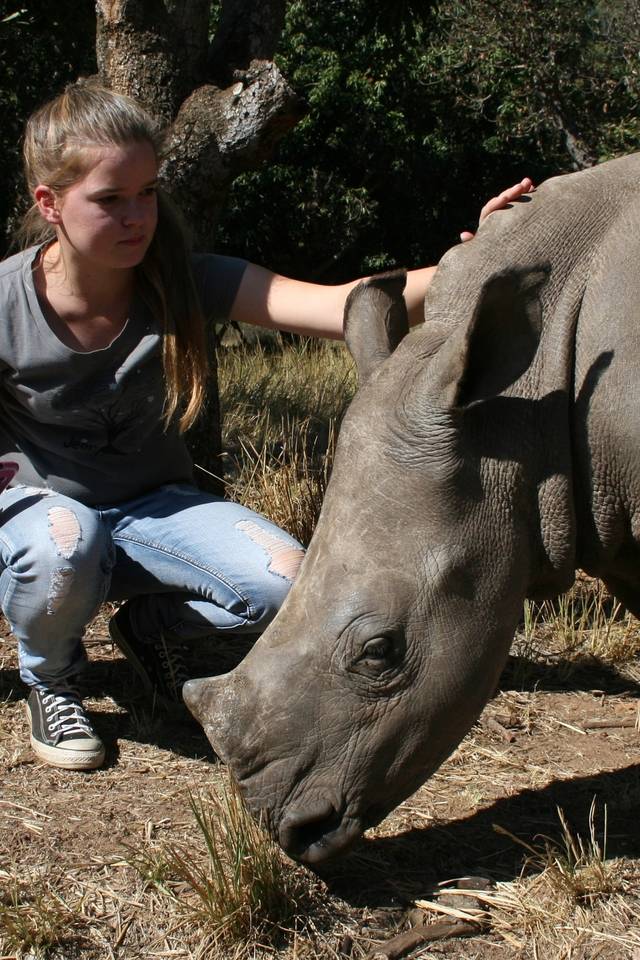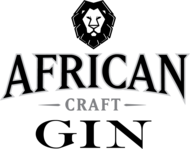the 5 rhino species
There are 5 rhino species with South Africa being home to the largest population in the world – specifically the Black and White Rhino. A decade ago world rhino figures were estimated to be 20800 and they have increased to 29 500 (41% increase in this period).
In the early 1900s there were less than 100 Southern White Rhino and this population has been restored to approximately 20 000. Dr Ian Player (Wilderness Foundation) is acknowledged as saving the White Rhino from extinction through Operation Rhino, pioneering methods to translocate rhino. As a direct result of his passion and determination the White Rhino is found in a greater geographical area and was saved from the brink of extinction.
What is of concern is that despite the increase in the total figures, the rate of fatalities of poached rhinos is quickly overtaking the natural rate of reproduction and their future teeters on the brink of extinction.
FOR 5 STRAIGHT YEARS 3 RHINO ARE POACHED EVERY DAY IN AFRICA!
BAsics...
Rhino - Family Rhinocerotidae - 5 extant species of odd-toed ungulates
Weight:
White rhinoceros: 2 300 kg
Black rhinoceros: 800 – 1 400 kg
Gestation Period:
White rhinoceros: 16 – 18 months
Black rhinoceros: 15 – 16 months
Speed:
White rhinoceros: 50 km/h
Black rhinoceros: 55 km/h
Lifespan:
White rhinoceros: 40 – 50 years
Black rhinoceros: 35 – 50 years
the african white rhino

African White Rhino are the primary target of poaching due to their habitat, being open veld, and territorial tendencies which make them easy to find.
In March 2018 the last male Northern White Rhino died. This is a subspecies of the White Rhino originally found in the Sudan and Congo but decimated by military activity in the regions. They are extinct in the wild and only 2 non-breeding females live in a reserve in Kenya. DNA has been preserved and attempts are being made in reproductive technology but there are no guarantees this will be successful.
Dr Ian Player, a globally recognized South African Conservation Legend and Saviour of the White Rhino, initiated “Operation Rhino” in the early 1960’s which essentially rescued a critically endangered population of 600 Southern White Rhino from the brink of extinction. Excess rhinos in iMfolozi Park (KZN), where he was Senior Warden, were relocated to reserves throughout South Africa, mostly Kruger National Park; other African countries and zoos internationally in an effort to ensure their survival.
Besides the invaluable developments made in immobilization/mobilization methods and drugs pioneered by his team in capture and relocation of large mammals, we can attribute our current rhino population of 20 000 to his life’s work.
Sadly at his passing in 2014 he was witnessing, yet again, the escalating persecution of the rhino on an even more sophisticated level and recognised the recurrence of the threat to our natural heritage.
“As human beings we have a duty to protect the natural world
and the white rhino is an iconic symbol.
It’s one of the oldest species on our earth.
The world has to wake up. We’re losing our heritage.”
Dr Ian Player
the african black rhino
The African Black Rhino numbered more than 65 000 in the 1970s but by 1993 there were less than 2300. Currently there are about 5500 but the poaching scourge is putting any hope of this increasing at risk. According to the IUCN Red List, the Black Rhino is Critically Endangered.
In May 2018, 6 black rhino were translocated to Zakouma National Park in Chad from South Africa. This is in collaboration with SANParks, African Parks and the governments of Chad and South Africa to reintroduce the species after a 50 year absence. Much preparation and monitoring went into this translocation process but sadly in October and November 4 were found dead. They were not poached and the cause of death is being pursued but in November 2018 it has been suggested that maladaptation to their new environment, indicated by their low fat reserves, was the underlying cause.
In 2018 in an effort to establish a new breeding population in Kenya, home to 750 Black Rhino, Kenya Wildlife Service along with WWF (who donated 1 million dollars) proceeded with a project to relocate 11 endangered black rhino from Lake Nakuru and Nairobi National Parks in Kenya to Tsavo East National Park (Southern Kenya). Tragically 10 rhino died due to salt poisoning and dehydration and the last, due to its weakened state, fell victim to a lion attack and died a few days later.
Despite water being tested in the sanctuary, results (toxic levels of salt in the boreholes) were ignored and an investigation established that the transfer team had been negligent and deaths were due to “multiple stress syndrome intensified by salt poisoning.” (Kenyan Tourism Minister Najib Balala)
“Things failed at multiple levels, the lack of accountability from various authorities is of great concern.”
Paula Kahumbu – Kenyan Conservationist
Between 2005 and 2017, 150 Black Rhino were translocated within Kenya with only 8 losses.
Despite the disasters one has to weigh up the risk necessary to conserve the species in the face of the critically endangered status of the Black Rhino (3 rhino are poached on average per day) along with increased demand for rhino horn.
the javan rhino
The Javan Rhino once inhabited North East India and South East Asia but this population was depleted due to poaching and loss of habitat due to agriculture and other factors. They are the most threatened of the 5 species of rhino and listed on the IUCN Red List as Critically Endangered. Currently the last remaining 67 Java Rhino are only found in Ujung Kulon National Park (Indonesia). In 2011 a sub-species inhabiting Vietnam was declared extinct.
While the last poaching incident was in 2010 a new threat has become more apparent and urgent. Since June 2018 Anak Krakatau has shown increasing signs of volcanic activity which in December 2018 caused underwater landslides of sediment and rock which triggered a tsunami resulting in 430 human deaths. The Tsunami hit the north coast of Ujung Kulon Park (Java) and fortunately the rhino frequent the south coast of the park so they were not directly affected. This has however highlighted how at risk this entire species is especially since there are none in captivity or in the wild anywhere else in the world.
Moving a group of rhinos to another location has been previously considered and while relocation seems to be an obvious option it is not without risk and can be extremely challenging which has sadly become apparent in recent Black Rhino relocation efforts between Chad and South Africa in 2018 and even translocations between parks in Kenya.
In the case of the Javan Rhino they need to live in a climate that is wet throughout the year. Conditions such as soil type, terrain, water access and access to the plant types that they depend on for food have to be considered. Consideration has to be given to the impact of local communities, disease risks, threats of predation. Current environmental assessments need to be carried out to ensure that their continued survival will be ensured.
To date no suitable location has been confirmed although some are being considered, including the Cikepuh Wildlife Reserve in West Java. While there hasn't been significant progress, the activity of Anak Krakatau has increased the sense of urgency.
the sumatran rhino
The Sumatran Rhino is most endangered with less than 80 in existence on Indonesia’s Sumatra Island. It may be the most endangered animal on Earth. They were declared extinct in Malaysia in 2015.
A successful breeding programme has resulted in plans to increase a breeding facility in 2019.
the greater one horned rhino
The Greater One-Horned Rhino found in India and Nepal has increased from 200 to 3550 as a result of stricter protection from government authorities.
Partners of the 'celebrating Women in conservation' campaign









environmental crime hotline 0800 205 005 or the SAPS number 10111
Report any suspicious activities around wildlife!

